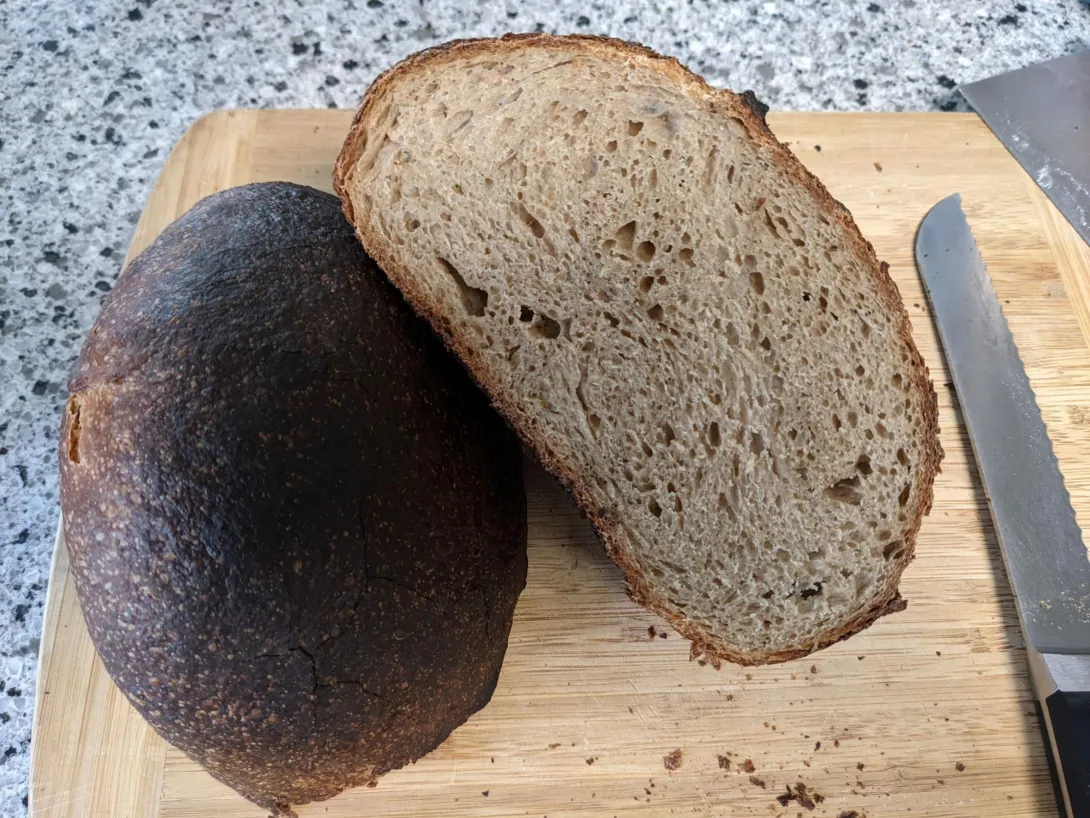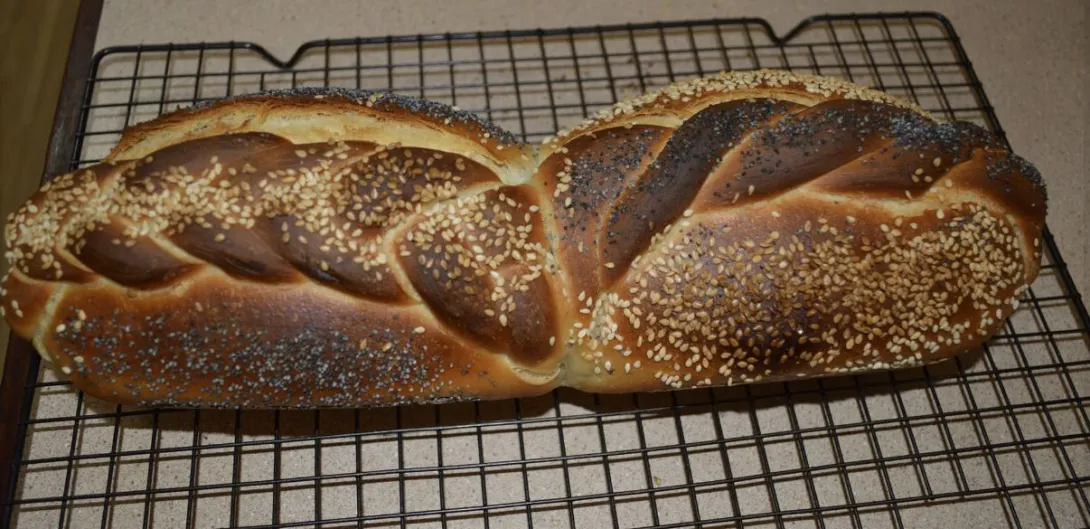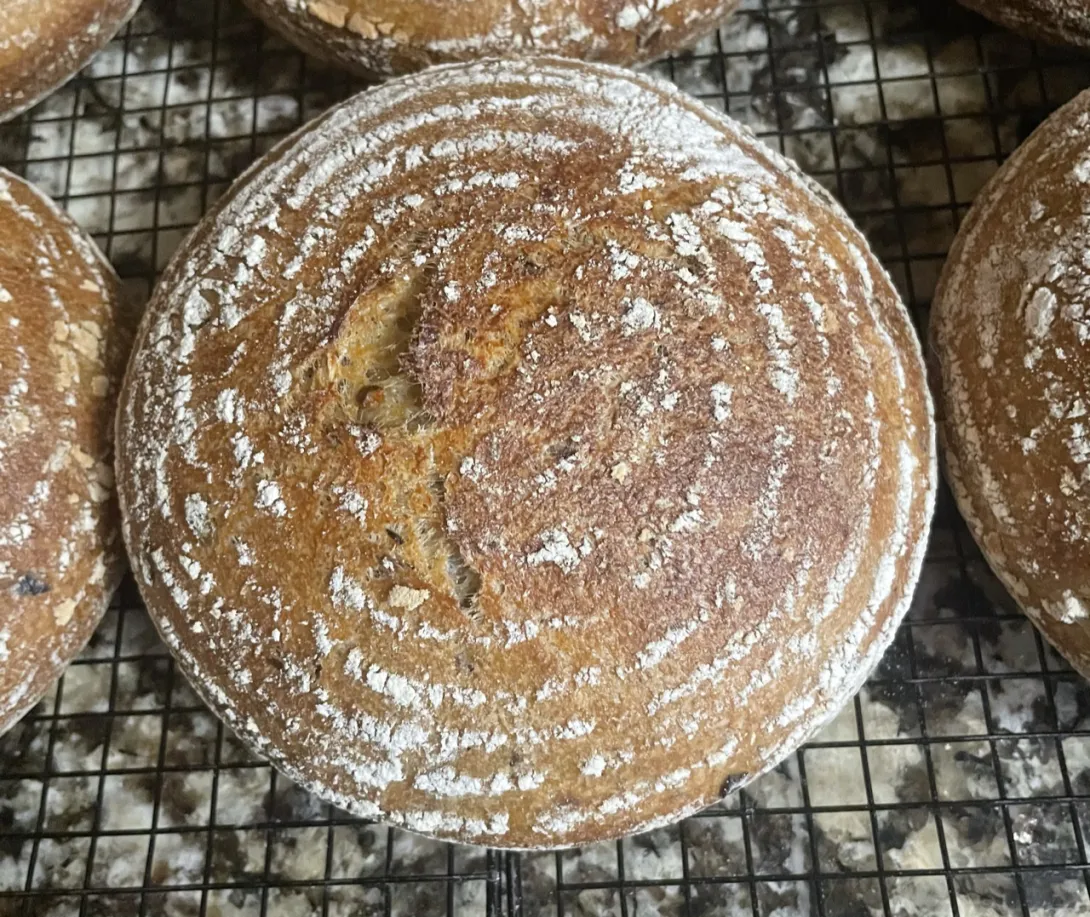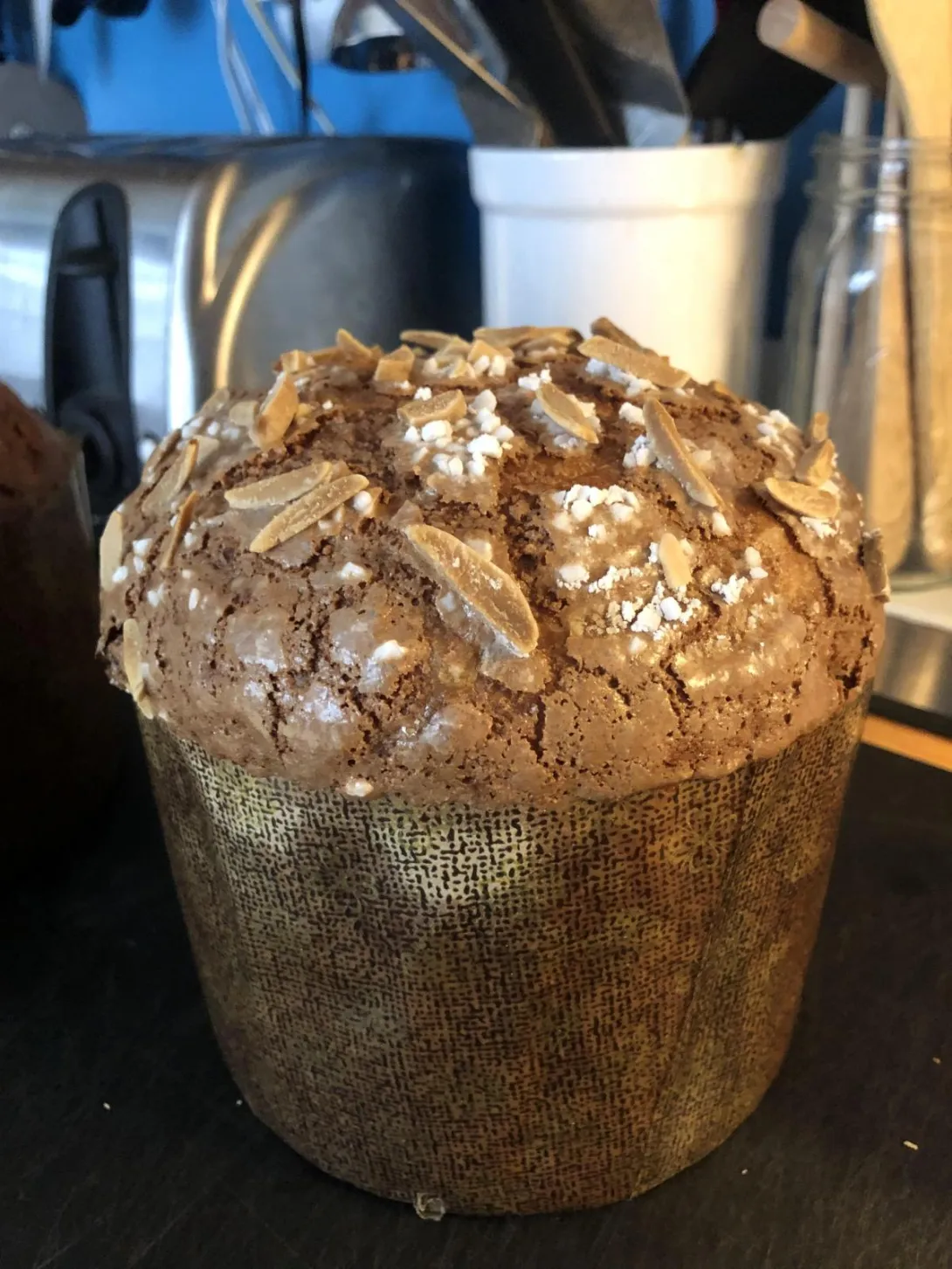Whole Wheat + Gluten

This loaf is a complete game changer for me. This is my first (nearly) 100% whole wheat loaf (I think!) that I have found to be delicious. I'm generally an aspirational high-percentage whole wheater - I'll often make high percent whole wheat loaves wanting to enjoy them, but ultimately finding them overpowering in flavor and sourness.
- Log in or register to post comments
- 10 comments
- View post
- Esopus Spitzenburg's Blog


